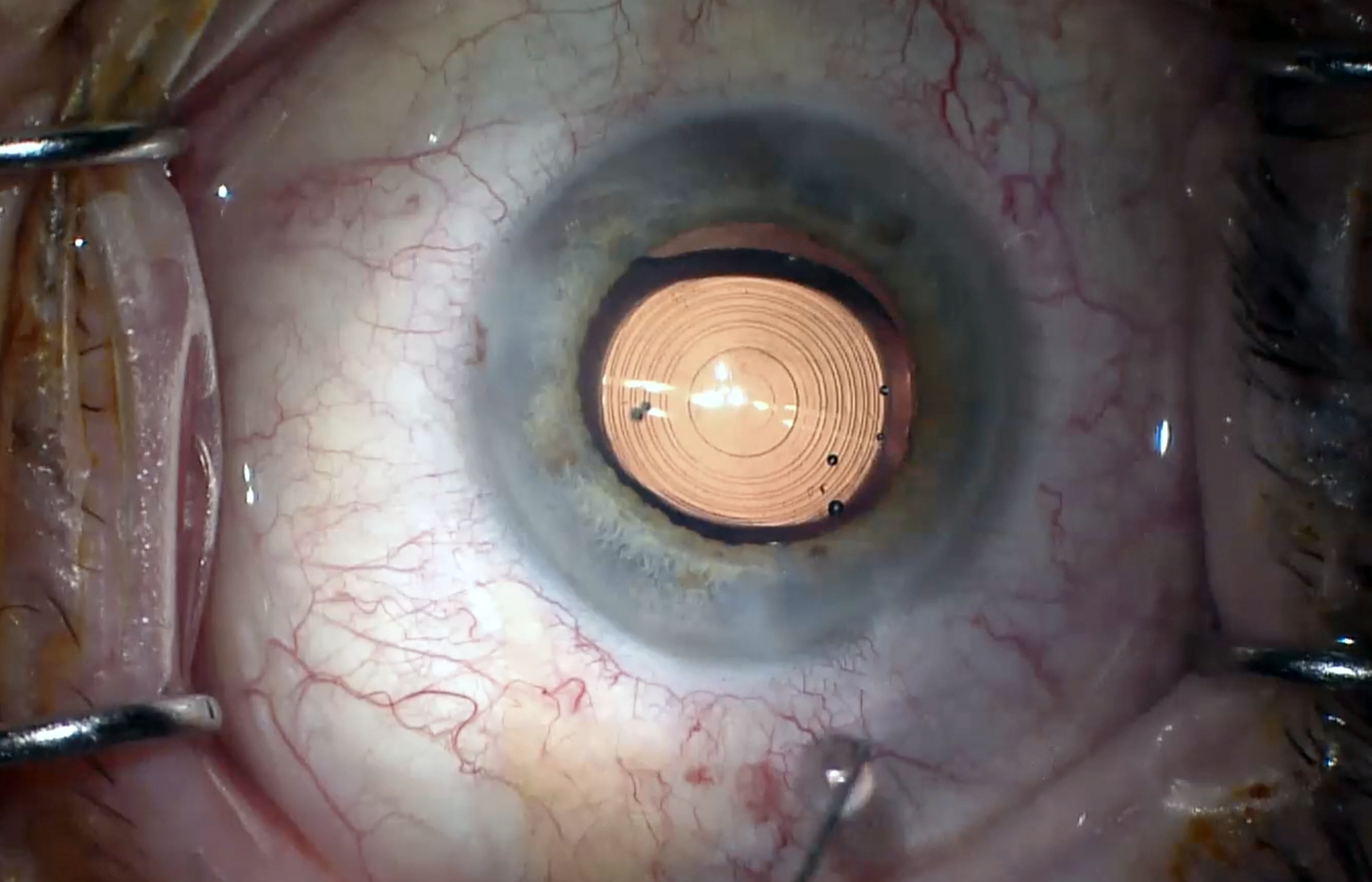 |
|
Black patients have a higher prevalence of visually impairing cataracts and lower rates of cataract surgery compared to white patients.2 Photo: Ethan Zimmerman, OD. Click image to enlarge. |
A growing body of evidence points to socioeconomics and demographics as a potential driving force behind cataract surgery: A 600-patient study in San Diego found that Hispanic ethnicity and public insurance were associated with worse pre-op visual acuity before cataract surgery, and a study of more than 81,000 patients found that those with higher income, private insurance and some college education were more likely to report having cataract surgery.1,2
Recently, a study published in Eye & Contact Lens examined potential racial disparities among those receiving premium intraocular lenses (IOLs).3 The researchers investigated the association of their patients’ race/ethnicity and the likelihood of receiving premium lens technology. While they hypothesized that privately insured white patients with higher income would be more likely to receive premium lenses, they found that only race was associated with such an outcome.
The retrospective chart review study included one year of patient data at a center in New York City comprising a total of 2,351 cataract surgeries. Patients were stratified based on self-identified race/ethnicity, age, sex, insurance type, estimated household income and presence of ocular pathology. The researchers reported that, compared to white patients, Black patients were the least likely to receive premium IOLs (odds ratio [OR]: 0.22), followed by Hispanic patients (OR: 0.308) and Asian patients (OR: 0.479). Additionally, they found that patients with Medicare or Medicaid insurance were also less likely to receive premium lenses.
“White patients were more likely to receive premium IOLs than non-white patients, even when controlling for patient age, insurance type, [eye pathology] and median household income (based on zip code). The underlying reason for this disparity in care must be explored further to reduce healthcare disparities,” the researchers concluded in their Eye & Contact Lens paper.
They added in the study that “there are many valid reasons patients choose a standard monofocal lens, and we cannot assume that all patients would have wanted a premium IOL.” They wrote that future studies would include patient and physician surveys about perceptions of preoperative planning discussions, IOL options and considerations most important to patients, such as spectacle independence or dysphotopsias.
1. Stone JS, Fukuoka H, Weinreb RN, et al. Relationship between race, insurance coverage, and visual acuity at the time of cataract surgery. Eye Contact Lens 2018;44:393–398. 2. Awidi AA, Wang J, Varadaraj V, et al. The impact of social determinants of health on vision loss from cataracts and cataract surgery utilization in the United States-A national health interview survey analysis. Am J Ophthalmol 2023;254:44–53. 3. Solli EM and Prescott CR. Impact of patient race/ethnicity on premium intraocular lens utilization. Eye Contact Lens 2024;00:1-4. [Epub ahead of print]. |


